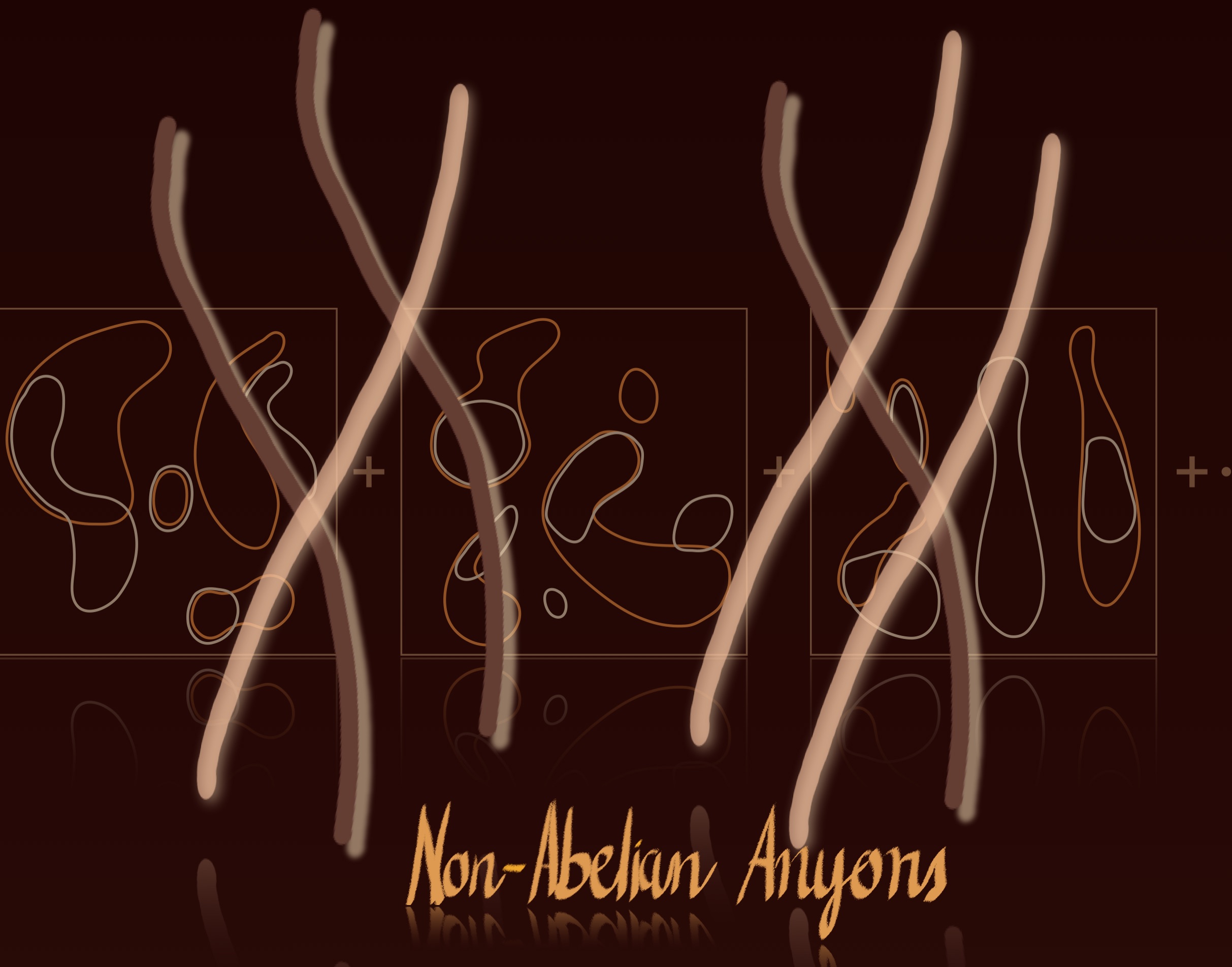Belén Paredes Group: Quantum Matter Theory

In the quantum world systems of many particles can organize themselves into highly
entangled states, whose properties transcend those of the individual constituents.
Especially fascinating is the emergence of topological order, an unconventional way of
quantum organization that contradicts the traditional paradigms of condensed matter
physics.
Topological states of matter obey emergent global rules, which are dramatically different
from the fundamental laws governing the microscopic individuals.
For instance, a system of bosonic or fermionic particles forming a topological state can
generate excitations that are neither bosons nor fermions, but anyons with novel braiding
statistics.
Our understanding of how topological order emerges from the microscopic degrees of freedom
is far from complete. Especially intriguing is the formation of non-Abelian topological
phases, where quasiparticles with non-Abelian braiding statistics arise.
Beyond their fundamental importance, non-Abelian anyons hold the promise to revolutionize
quantum technology, for their topological properties could be used to encode and process
information in a manner resistant to errors.
In the Quantum Matter Theory group we work towards the theoretical comprehension of
many-body quantum entanglement.
We are especially interested in deepening our understanding of topological phases and
anyons.
To this aim we explore novel physical mechanisms leading to the emergence of topological
order from the microscopic quantum individuals.

